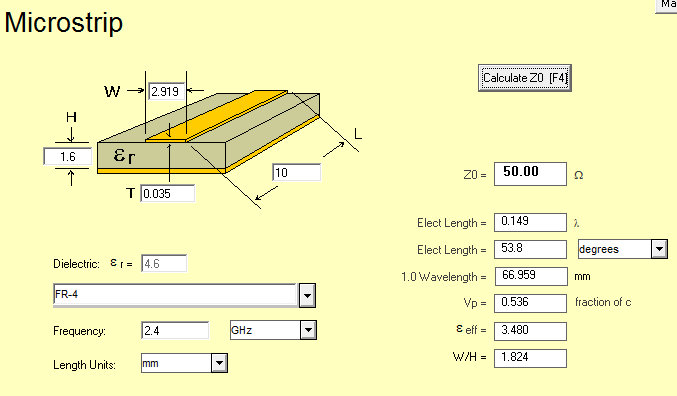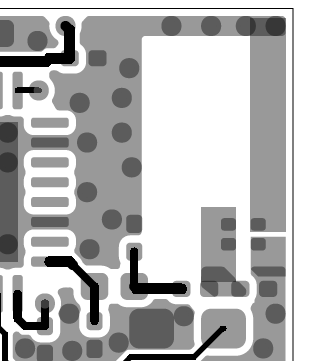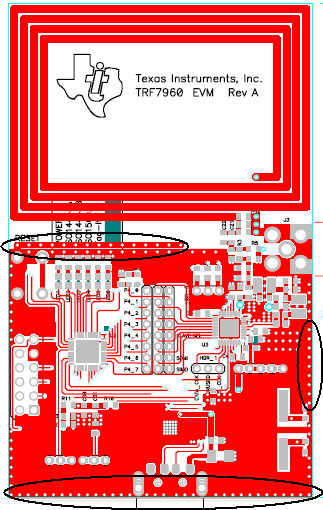I am a student designing a RFID reader module with the TRF7960. I am trying to make it as small as possible. That means the PCB antenna has to be small enough while still effective.
My current design is based on the TI NFC EZ430 Reader Module Reference Design (www.ti.com/.../TIDM-NFC-EZ430-MODULE). Although the design gerber files is provided, I could not find the corresponding schematic details of the antenna circuit (like information about the shape, trace width, trace spacing, etc.). I am new to PCB antenna design, so I hope to stick to the design reference as exact as possible. Where can I find the information? or is there any design available of PCB antenna at the size of roughly 1.8cm*2.2cm that works with the TRF7960?
My RFID module is supplied at 3.3V.
Thank you very much for any help!






